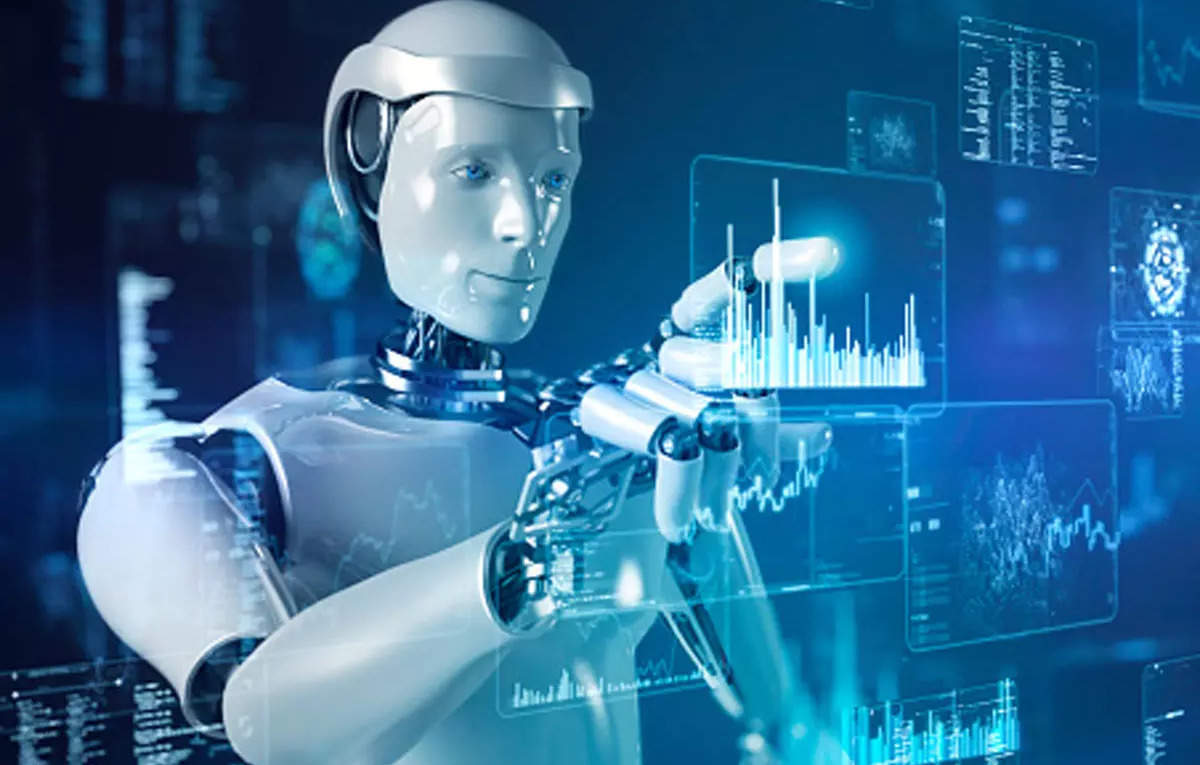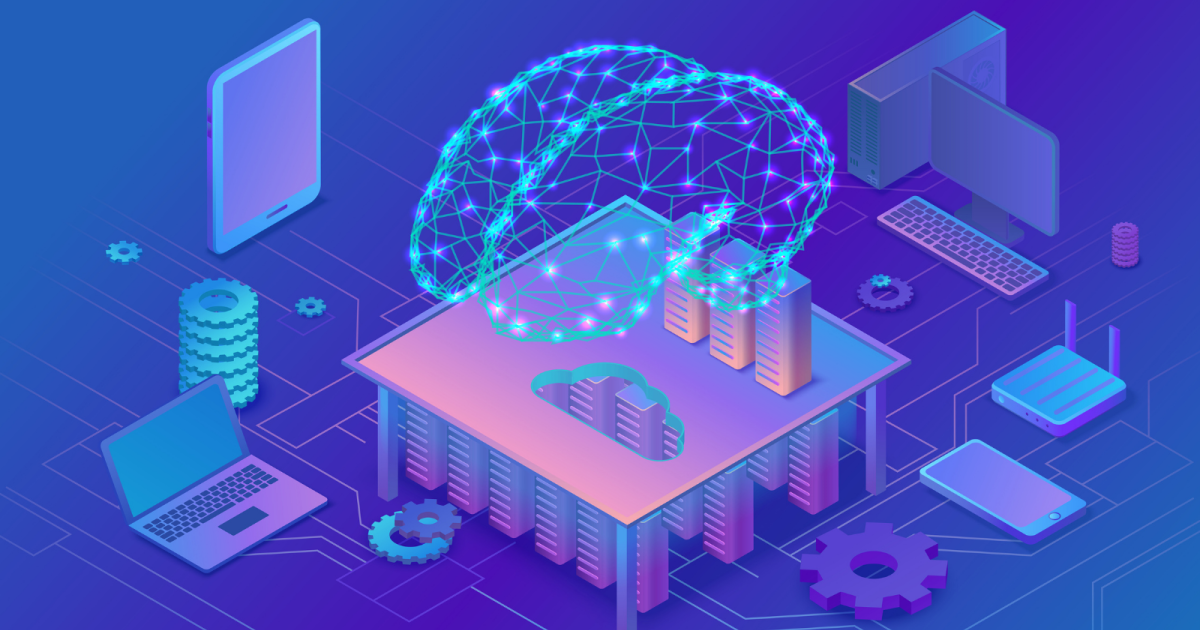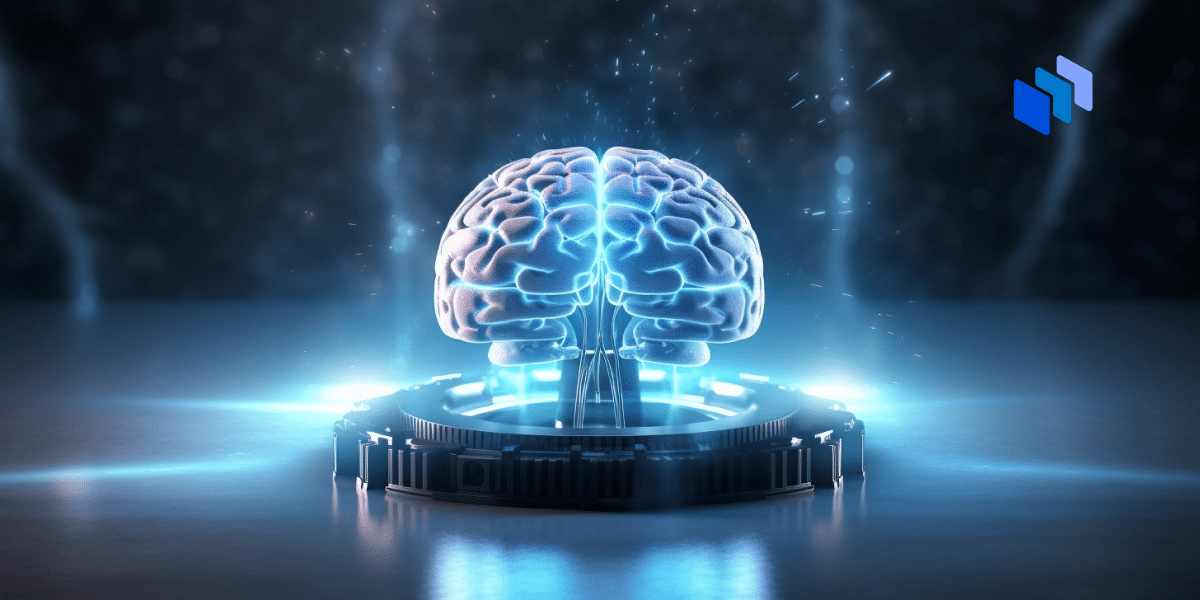Understanding the Fundamentals of Artificial Intelligence
AI (Artificial Intelligence) can seem complicated with all its special words. Words like “Neural networks” and “deep learning” can be intimidating. Yet, with a little help, you can easily understand these terms.
Neural Networks: The Building Blocks of AI
‘Neural networks’ are central to most AI stuff, acting like a human brain to deal with tricky information. They include linked points or ‘neurons’ arranged in layers. Every neuron gets information, works on it, and then sends the result to the next layer. The final outcome comes at the end.

Types of Neural Networks:
- Feedforward Neural Networks (FNN): These are the simplest form of neural networks, where information flows in one direction, from input to output.
- Recurrent Neural Networks (RNN): RNNs have connections that form loops, allowing them to exhibit dynamic temporal behavior, making them suitable for sequential data processing tasks.
- Convolutional Neural Networks (CNN): CNNs are particularly effective for image recognition tasks, leveraging convolutional layers to automatically learn and extract features from images.
- Generative Adversarial Networks (GAN): GANs consist of two neural networks, a generator and a discriminator, which compete against each other to generate realistic synthetic data.
Training Neural Networks:
Neural networks are trained with loads and loads of tagged data to identify patterns and correlations. To do this, we often use tools like backpropagation. This tool tweaks the network’s internal settings. It looks at the difference between the network’s guess and the real answer.
Other Key AI Terminologies Explained
Deep Learning: This is a part of machine learning. It uses neural networks that have many layers (“deep” means this) to automatically dig out layered features from data.
Machine Learning: A bigger part of AI, where we design tools to learn from data. These tools aim to predict or make decisions, and we don’t have to program them to do this.

Natural Language Processing (NLP): NLP helps computers to understand, translate, and create human language in a way that makes sense and fits the situation.
Supervised Learning: Think of it as a student learning with a teacher’s guidance. This machine learning type uses labeled data to learn the links between inputs and outputs.
Unsupervised Learning: Here, no teacher is there to guide. The program learns from unlabeled data and must figure out patterns all by itself.
Reinforcement Learning: Think of it as a kid learning through playing and doing. It’s a method where a user, called an agent, gradually gets better at making decisions. This happens because this agent gets treats for good moves and timeouts for mistakes while exploring its world.
Overfitting: Picture a student who crams for a test and misses the bigger idea. Overfitting is just that – a model obsessively memorizes every little thing in the training data, even the irrelevant bits. So, it doesn’t get the main patterns. The result? It struggles when faced with new data.
Bias-Variance Tradeoff: It’s a key idea in machine learning. It’s about the tug-of-war between bias (errors made due to generalizing too much) and variance (errors caused by being too reactive to changes in the training data). Finding the right balance is crucial for building models that generalize well to unseen data.
Gradient Descent: Gradient descent is an optimization algorithm used to minimize the loss function by iteratively adjusting the model parameters in the direction of the steepest descent of the gradient.
Conclusion
Navigating the world of artificial intelligence requires a solid understanding of its terminology. Neural networks, deep learning, and other key concepts form the backbone of AI systems, driving innovation across various industries. By demystifying these terms, individuals can gain insight into the workings of AI and harness its potential to solve complex problems.

FAQs (Frequently Asked Questions)
1. What is the difference between artificial intelligence and machine learning?
A: Artificial intelligence is the broader concept of machines being able to carry out tasks in a way that we would consider “smart,” whereas machine learning is a subset of AI that involves training algorithms to learn from data and make predictions or decisions.
2. How do neural networks learn?
A: Neural networks learn by adjusting their internal parameters based on the error between predicted and actual outputs during the training process. This adjustment is typically done through algorithms like backpropagation.
3. What are some real-world applications of neural networks?
A: Neural networks are used in a wide range of applications, including image and speech recognition, natural language processing, autonomous vehicles, medical diagnosis, and financial forecasting.
4. How can I get started with learning about artificial intelligence?
A: To get started with learning about artificial intelligence, there are numerous online courses, tutorials, and resources available. Platforms like Coursera, Udacity, and edX offer courses on AI and machine learning for beginners. Additionally, reading books and joining AI communities can provide valuable insights and support.
